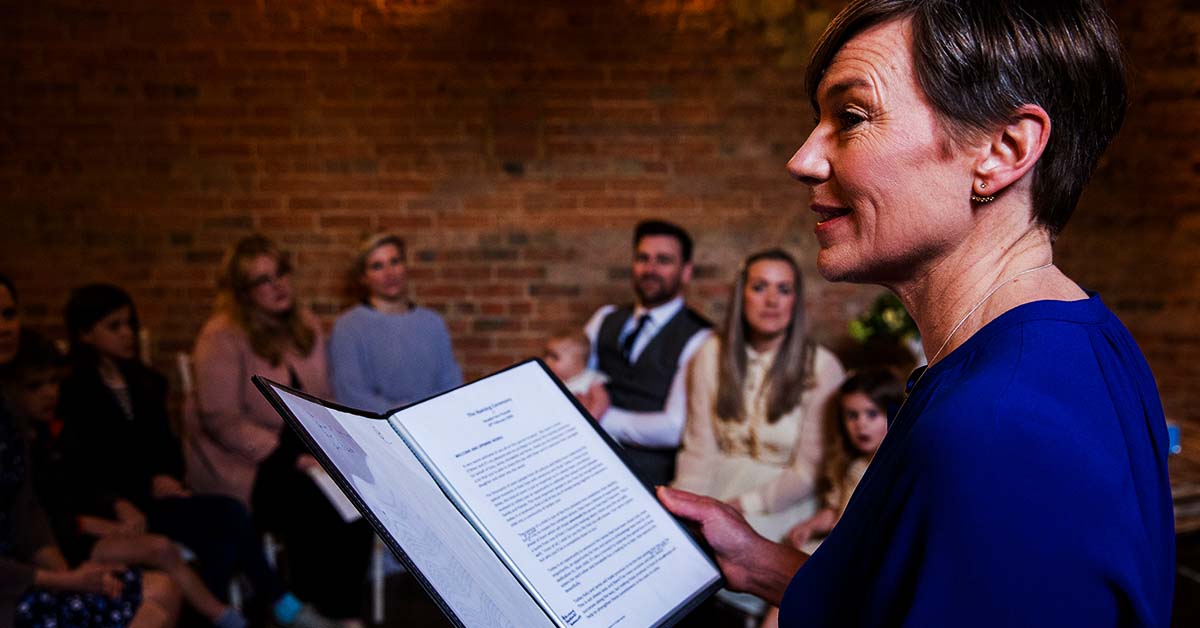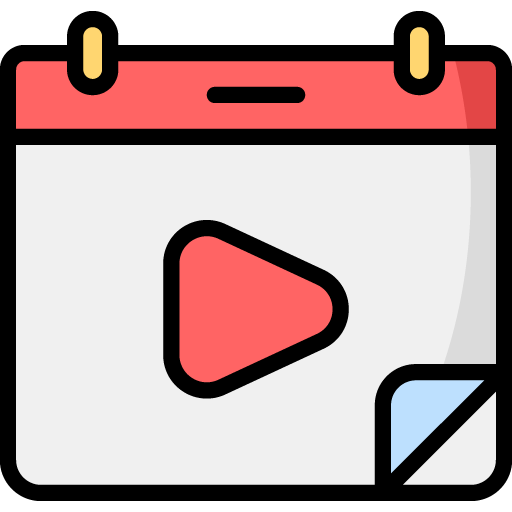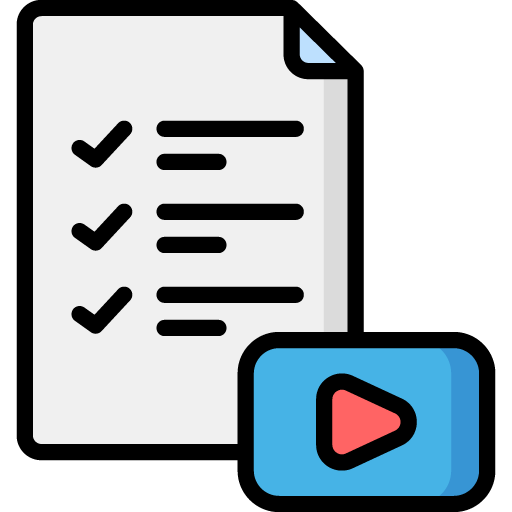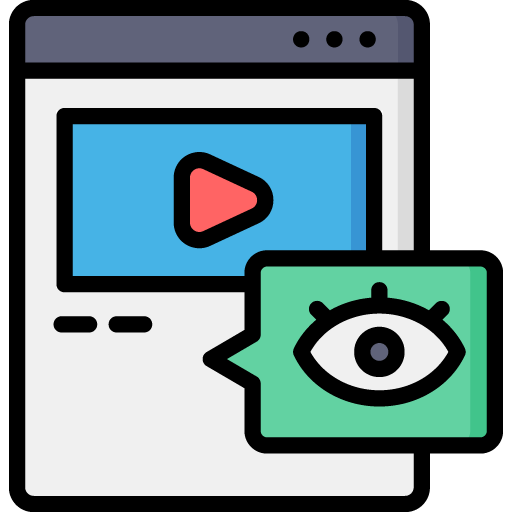Introduction
In the fast-paced, scroll-happy world of YouTube, capturing attention is no longer just about high production value or flashy intros. It’s about connection—and at the heart of connection is storytelling. Whether you’re a vlogger, educator, gamer, or entrepreneur, weaving compelling stories into your content is the key to engaging your audience and leaving a lasting impression.
This comprehensive guide explores the techniques, strategies, and psychology behind storytelling on YouTube. We’ll dive into why storytelling works, how to build narratives into any content type, and give you actionable steps to apply these methods to your videos.
Storytelling Techniques in YouTube Videos
How to Craft Compelling Narratives and Tell Stories Through Your YouTube Content
Why Storytelling Matters on YouTube
Humans are hardwired to love stories. From cave paintings to Netflix, storytelling has been our way of understanding the world. On YouTube, storytelling has the power to:
- Boost engagement: Stories keep viewers watching longer.
- Build emotional connection: Viewers relate to your struggles, wins, and growth.
- Increase retention and recall: People remember stories far better than isolated facts.
- Drive action: Stories inspire likes, shares, and subscriptions.
You don’t need to be a novelist or filmmaker. You just need a structure, a message, and authenticity.
The 3 Pillars of YouTube Storytelling
1. Structure: The Foundation of a Great Story
The classic 3-act structure (beginning, middle, end) is a storytelling staple:
- Act 1 (Setup): Introduce the main character (you or your subject), the setting, and the problem or goal.
- Act 2 (Conflict): The journey, obstacles, or challenges faced.
- Act 3 (Resolution): The outcome, insight, or transformation.
Even short-form content benefits from this structure. Hook the audience fast, develop the narrative, and close strong.
2. Character: Make It Personal
Audiences connect with people, not brands. Show vulnerability, share mistakes, celebrate wins. Whether you’re the main character or telling someone else’s story, the key is emotional authenticity.
Make your character relatable:
- What are their goals?
- What challenges do they face?
- What do they learn?
3. Theme: Give It Meaning
Why should your audience care? A strong theme ties your story together.
Examples:
- Perseverance: Overcoming challenges in your niche.
- Growth: Showing progress in a personal or professional journey.
- Community: Building something bigger than yourself.
Themes resonate because they reflect universal human experiences.
Practical Techniques to Integrate Storytelling
1. Use a Strong Hook
Start your video with a question, bold statement, or mini-conflict to draw people in:
- “I almost quit YouTube last week. Here’s why I didn’t.”
- “From 0 to 100K subscribers—but it almost didn’t happen.”
Hooks create curiosity and invite the viewer to invest emotionally.
2. Create a Narrative Arc in Every Video
Even in tutorials or product reviews:
- Start with a problem or question.
- Share your journey to a solution.
- End with a reflection or takeaway.
This adds flow and keeps the viewer emotionally involved.
3. Use Visual Storytelling
- Show your process with b-roll.
- Use text, graphics, and transitions to emphasize key moments.
- Choose music that matches the emotional beats of your story.
4. Leverage Conflict and Tension
Conflict doesn’t mean drama. It means stakes.
- What’s at risk?
- What’s the challenge?
- What might go wrong?
This tension keeps viewers invested.
5. Inject Personality and Humor
Dry facts don’t stick. Personality does.
- Add quirks, jokes, or moments of realness.
- Show behind-the-scenes moments or mistakes.
This builds trust and keeps viewers coming back for you, not just the information.
Storytelling for Different Types of YouTube Content
1. Vlogs
These are inherently personal and story-driven.
- Treat your day like a mini movie.
- Include a central challenge or goal for the vlog.
- Reflect on the day’s highs and lows at the end.
2. Tutorials & How-Tos
- Start with the problem: what were you struggling with?
- Show your trial-and-error process.
- Share the emotional payoff when you figured it out.
3. Product Reviews
- Frame it like a journey: what made you interested in this product?
- What were your first impressions? Any surprises?
- Would you recommend it based on your experience?
4. Educational & Commentary Videos
- Open with a real-life anecdote or surprising stat.
- Build a narrative arc into your explanation.
- Use analogies, case studies, or personal experiences.
5. Gaming Content
- Turn gameplay into an adventure.
- Create a recurring character or in-game persona.
- Add commentary that reveals your thought process and personality.
Common Storytelling Mistakes to Avoid
- Too much exposition – Don’t explain everything. Show instead of tell.
- No emotional stakes – Give people a reason to care.
- Skipping the setup – Context matters. Jumping into the middle without background loses viewers.
- Poor pacing – Build tension, but don’t drag it out. Edit tightly.
- Inauthenticity – Forced emotion or fake stories can damage credibility.
Tips to Strengthen Your YouTube Storytelling
- Storyboard your videos: Plan your beats visually before filming.
- Watch films and documentaries: Analyze their structure and rhythm.
- Use voiceovers strategically: Narration can add clarity and emotion.
- Start with the end in mind: What’s the lesson or transformation you want to convey?
- Ask for feedback: Your audience will tell you what resonates.
Tools to Help You Tell Better Stories
- Scriptwriting Software (e.g., Celtx, WriterDuet)
- Video Editing Tools (e.g., Final Cut Pro, Adobe Premiere Pro, DaVinci Resolve)
- Music Libraries (e.g., Epidemic Sound, Artlist)
- Voiceover Mics (e.g., Blue Yeti, Rode NT-USB)
- Teleprompters (e.g., PromptSmart, Parrot Teleprompter)
Real-Life Examples of YouTubers Who Nail Storytelling
- Peter McKinnon – Combines tutorials with cinematic narratives.
- Yes Theory – Masters of emotional journeys and transformation.
- Mark Rober – Uses science experiments with suspense and humor.
- Matt D’Avella – Minimalist vlogs with reflective storytelling.
- Jenny Hoyos – Commentary videos with high-paced narrative structure.
Analyze their pacing, visuals, music, and emotional cues.
Final Thoughts: Your Story Is the Content
Your gear, thumbnails, and titles matter. But in the end, people remember stories.
So whether you’re editing your first video or have 100 uploads behind you, make storytelling your focus. It’s how you turn viewers into fans, videos into experiences, and moments into meaning.
Every video is a chance to tell a story that matters. Make yours count.







 Edit Your Footage
Edit Your Footage
Leave a Reply